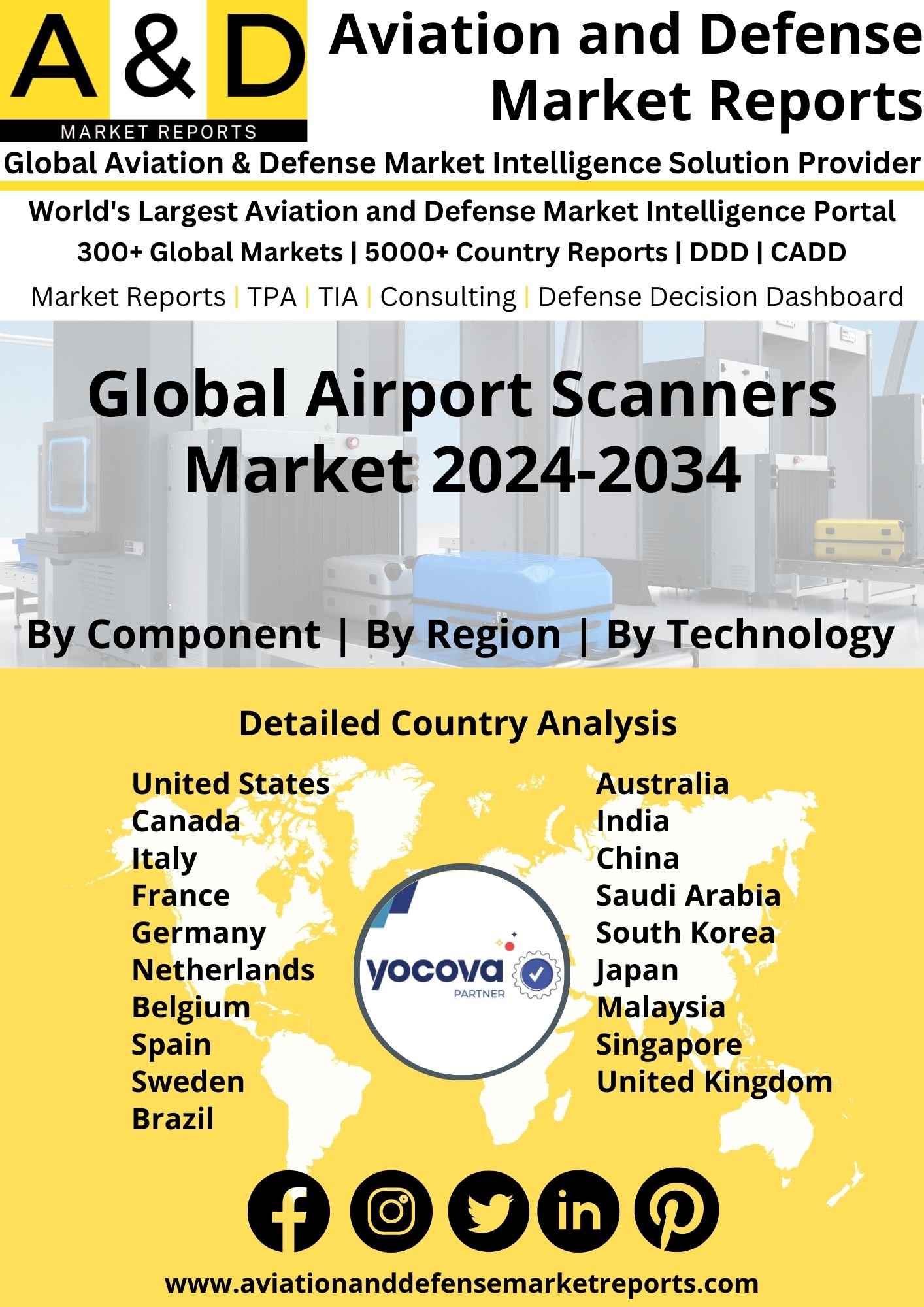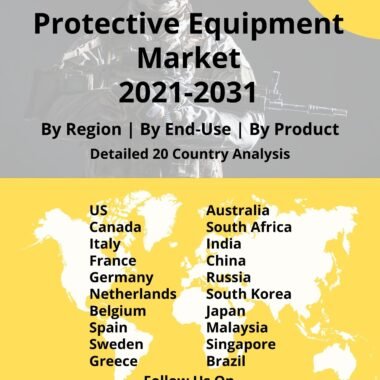Description
Airport Scanners Market
Frequently Asked Questions of Global Airport Scanners Market
Airport scanners, also known as airport security scanners, are advanced imaging devices used at airports to detect prohibited items, weapons, and potential threats on passengers or in their carry-on luggage. These scanners play a crucial role in maintaining aviation security and ensuring the safety of passengers and airport personnel. X-ray scanners, also called baggage or luggage scanners, use X-ray technology to create images of the contents of passengers’ bags or items placed on conveyor belts. These scanners allow security personnel to identify potential threats, such as firearms, explosives, or other prohibited items.
X-ray scanners can be divided into two categories:
A. Hold Baggage Screening: These scanners are used to inspect checked baggage. They typically employ larger X-ray machines capable of scanning larger items and suitcases.
B. Cabin Baggage Screening: These scanners are used for carry-on luggage screening. They are usually smaller and designed to be used at security checkpoints. Passengers place their bags on the conveyor belt, and the scanner generates an X-ray image for security personnel to examine.
AIT scanners, also known as full-body scanners or millimeter-wave scanners, are used for screening passengers. These scanners use non-ionizing radiation, such as millimeter waves, to create a detailed image of an individual’s body, revealing any concealed objects that may be hidden under clothing.
There are two types of AIT scanners in common use:
- Millimeter-Wave Scanners: These scanners emit low-power radio waves over the person being scanned. The waves bounce back, creating a three-dimensional image of the individual’s body, which is displayed on a monitor for security personnel to review. Millimeter-wave scanners do not emit ionizing radiation.
- Backscatter X-ray Scanners: Backscatter X-ray scanners use very low levels of ionizing radiation to create a two-dimensional image of a person’s body, which appears on a monitor for security personnel to analyze. These scanners are less commonly used now due to concerns about privacy and potential health risks associated with ionizing radiation.
Major factors driving Airport Scanners Market Growth
The market is driven by the need for enhanced aviation security and compliance with international safety regulations. Airport scanners are part of a multi-layered security approach that includes physical inspections, document checks, metal detectors, explosive trace detection, and passenger profiling. They contribute to enhancing aviation security by providing an additional layer of scrutiny to identify prohibited items and potential threats before they can be brought onto an aircraft.
Trends Influencing the Airport-Scanners Market Size
The airport scanners market is influenced by factors such as increased air travel, stringent security regulations, advancements in scanning technology, and evolving threats to aviation security.
Airport-Scanners Market Forecast & Dynamics
The market is primarily driven by government contracts and regulations that require airports to implement advanced security measures. Additionally, ongoing research and development efforts aim to improve scanning technologies, enhance detection capabilities, and streamline the overall screening process to ensure both security and passenger convenience With the growing emphasis on aviation security and the need for robust screening processes, the airport scanners market is expected to experience steady growth in the coming years.
The market projection encompasses an in-depth examination and assessment of the market, along with its magnitude. The examination entails an analysis of the regional market size, factors driving its growth, limitations, and potential opportunities. Additionally, the regional analysis provides insights into the market size specific to each country.
Airport Scanners Market Analysis for Recent Developments
New carry-on luggage scanners at Indianapolis International Airport will provide federal officials with a better picture of what’s inside your bag. As the holiday season begins, more people and suitcases are arriving at checkpoints. New scanners termed Computed Tomography, or C-T, are in use at Indianapolis International. The new technology produces detailed images similar to those obtained by doctors when doing an X-ray on a serious matter. Overall, it helps TSA agents to make better and more educated decisions than the old system.
New computed tomography (CT) security scanners are being installed in Munich Airport’s Terminals 1 and 2. The equipment generates fully rotatable, high-resolution 3D X-ray images and will be installed at all commercial airports in Bavaria in the future. As a result, Bavaria is investing more than €45 million to modernize all checkpoints at Munich Airport. Another advantage of the new checkpoints is that more travelers can place their luggage on the belt at the same time, resulting in shorter wait times. A double lane can carry up to 520 passengers per hour, a 160% increase.
The global landscape of airport scanners has seen substantial advancements, focusing on enhanced security measures, efficiency, and passenger experience. Security scanners at airports play a crucial role in screening passengers and luggage for prohibited items and potential security threats. Advanced imaging technologies, including millimeter-wave scanners and computed tomography (CT) scanners, provide more detailed and accurate images for security personnel. This improves the detection of concealed threats while minimizing false alarms, contributing to both security and passenger convenience.
Automated screening processes, powered by artificial intelligence (AI) algorithms, help analyze scanned images in real-time, streamlining security procedures and reducing waiting times for passengers. These technologies enhance operational efficiency while maintaining rigorous security standards. Privacy-preserving technologies, such as advanced algorithms and automated threat detection, ensure that personal privacy is maintained during the scanning process. This addresses concerns related to passenger privacy and ensures compliance with data protection regulations. Global collaboration and standardization efforts aim to create consistency in security screening procedures across different airports. The ongoing evolution of airport scanners in 2023 signifies a commitment to leveraging cutting-edge technologies for robust security measures and an improved passenger experience in air travel.





